5 Spicy Secrets of Indian Seasoning That Will Transform Your Kitchen Forever!
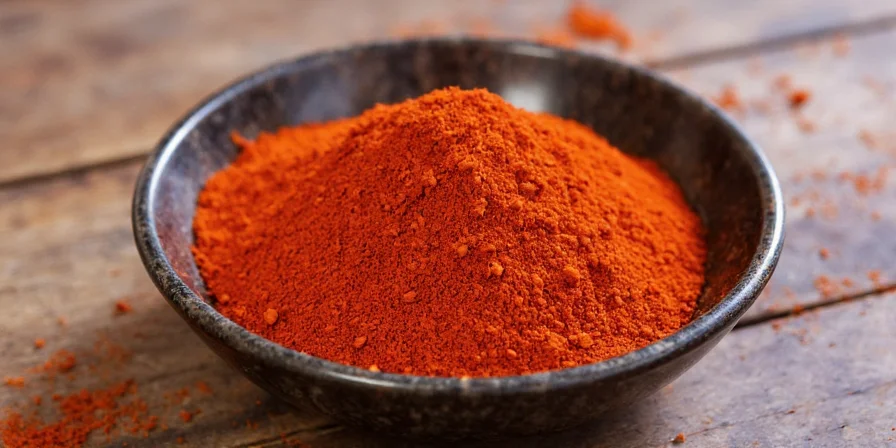
Table of Contents
- Introduction: The Magic Behind Indian Seasoning
- Tip #1: Know Your Masala Mixes Like a Pro
- Tip #2: Toast It or Lose It – Why Dry Roasting Matters
- Tip #3: Garam Masala Isn’t Just Another Spice
- Tip #4: Balance Sweet, Sour, and Heat with Spice Layering
- Tip #5: Freshness Is Everything – How to Store Spices Properly
- Deep Dive: From Cumin to Cardamom – The Building Blocks of Flavor
- Spice Comparison Chart: Common Indian Seasonings & Their Flavors
- Conclusion: Embrace the Spice Journey
Introduction: The Magic Behind Indian Seasoning
Imagine walking into an Indian market where the air is thick with the aroma of turmeric, cumin, and cardamom. This is the essence of Indian seasoning—a culinary tradition that dates back thousands of years and continues to dazzle palates worldwide.
Indian cuisine doesn't just rely on heat—it’s about layering flavors, balancing textures, and creating harmony in every bite. Whether you're making a fiery curry or a delicate biryani, mastering Indian seasoning is key to unlocking its full potential.
Tip #1: Know Your Masala Mixes Like a Pro
Masalas are India’s version of magic dust—each blend tells a story of region, family tradition, and personal taste. While store-bought versions are convenient, understanding what goes into them can elevate your dishes from basic to brilliant.
Some common masala mixes include:
- Garam Masala: A warm, earthy blend often used at the end of cooking.
- Chaat Masala: Tangy and slightly sour, perfect for street-style snacks.
- Kashmiri Garam Masala: Milder with saffron notes, great for creamy dishes.
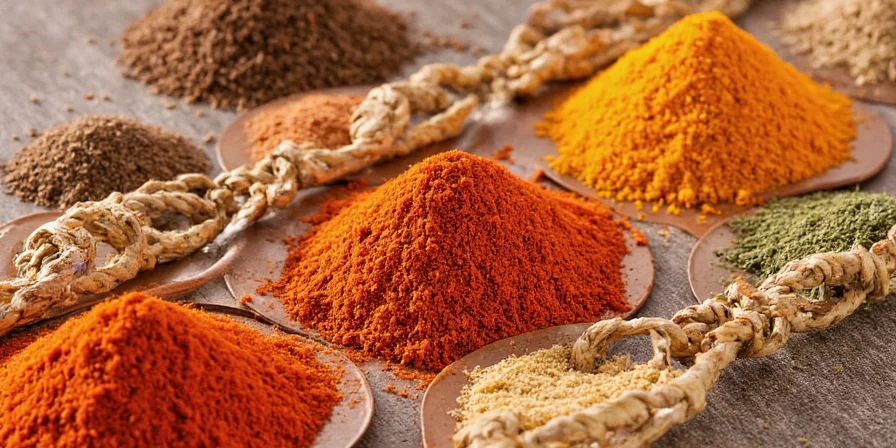
Tip #2: Toast It or Lose It – Why Dry Roasting Matters
If you’re tossing raw spices into your pot, you’re missing out on one of the most powerful techniques in Indian cooking: dry roasting.
Dry roasting (called 'bhunao' in Hindi) activates the volatile oils in spices, releasing complex aromas that just won’t show up otherwise. Here’s how to do it like a pro:
- Use a heavy-bottomed pan over medium-low heat.
- Add whole spices (like cumin seeds or mustard seeds) first—they pop and infuse the oil.
- Add ground spices last to avoid burning them.
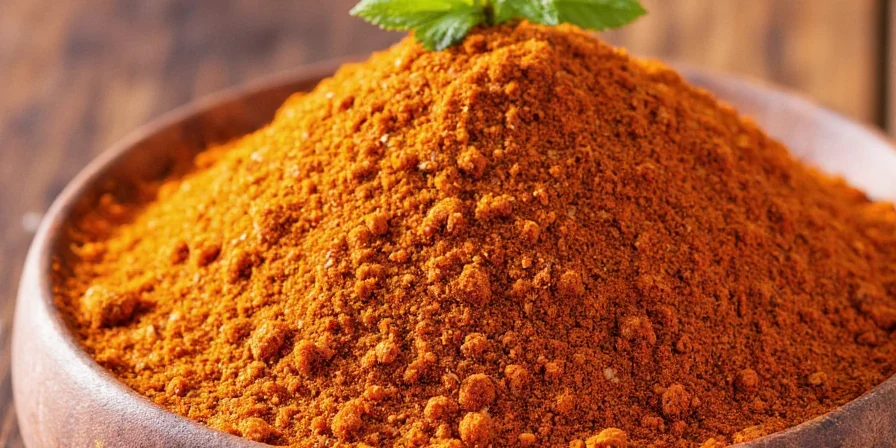
Tip #3: Garam Masala Isn’t Just Another Spice
Many home cooks treat garam masala as just another powdered spice, but in reality, it’s the grand finale—the final flourish that ties everything together.
Think of garam masala like the cheese on top of a pizza: it should be added at the end so its warm, aromatic qualities shine through. Add too early, and you’ll lose its complexity.
Pro Tip: Keep a small jar near your stove and sprinkle a pinch before serving soups, stews, and even scrambled eggs!
Tip #4: Balance Sweet, Sour, and Heat with Spice Layering
Indian food isn’t just spicy—it’s a symphony of sweet, salty, sour, bitter, and umami notes. Achieving this balance requires thoughtful layering of spices throughout the cooking process.
Here’s a quick guide to building flavor layers:
- Base layer: Whole spices (cumin, mustard, fennel) in hot oil.
- Middle layer: Garlic, ginger, onions, and ground spices like coriander powder.
- Top layer: Garam masala or finishing spices like amchur (mango powder) for acidity.
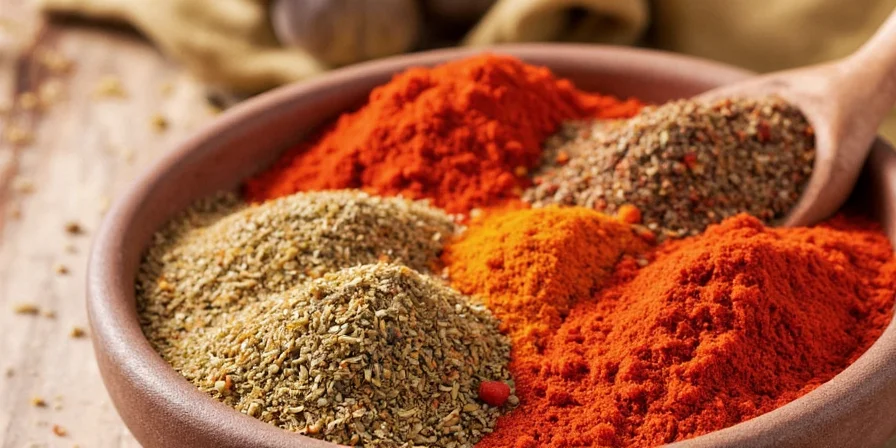
Tip #5: Freshness Is Everything – How to Store Spices Properly
You might have the best ingredients, but if your spices are sitting in sunlight next to the stove, they’ve probably gone stale. Proper storage keeps your seasonings vibrant and potent.
Follow these storage tips:
- Keep spices in airtight containers away from light and heat.
- Label each container with the purchase date—whole spices last about 1–2 years, ground ones around 6 months.
- Buy in smaller quantities unless you cook daily.
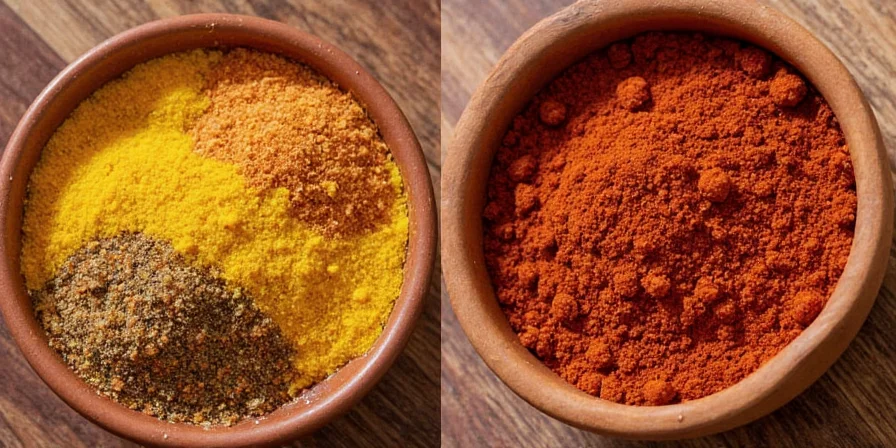
Deep Dive: From Cumin to Cardamom – The Building Blocks of Flavor
Let’s take a closer look at some of the most iconic Indian spices and what makes them special:
- Cumin (Jeera): Earthy, nutty, and slightly bitter. Essential in curries and dals.
- Coriander Seeds: Citrusy and floral when toasted. Ground into coriander powder.
- Turmeric (Haldi): Warm, peppery, and golden-yellow. Known for its anti-inflammatory properties.
- Cardamom (Elaichi): Sweet, minty, and exotic. Used in both savory and dessert dishes.
- Fenugreek (Methi): Bitter-sweet with a maple syrup scent when roasted.
Spice Comparison Chart: Common Indian Seasonings & Their Flavors
| Spice | Flavor Profile | Best For | Common Substitutes |
|---|---|---|---|
| Cumin | Earthy, nutty, slightly bitter | Curries, chili, dals | Caraway (distinctive flavor), paprika (mild substitute) |
| Coriander | Citrusy, floral, mild | Vegetable dishes, rice, marinades | Anise seed (sweeter), caraway (more intense) |
| Turmeric | Earthy, slightly bitter, warming | Curries, rice dishes, pickles | Paprika (for color), annatto (for color only) |
| Cardamom | Sweet, minty, complex | Desserts, chai, biryani | Allspice (sweet and spicy), cinnamon + nutmeg mix |
| Fenugreek | Bitter-sweet, maple-like after roasting | Curries, pickles, breads | Celery seed + sugar (to mimic bitterness and sweetness) |
Conclusion: Embrace the Spice Journey
Mastering Indian seasoning isn’t about memorizing every spice or ratio—it’s about understanding the rhythm of flavor, the art of balance, and the joy of experimentation.
So go ahead, open that spice drawer, smell each bottle like you’re opening a treasure chest, and remember: every grain has a story to tell. With these five tips and a little courage, your kitchen can become the next corner of India—one delicious bite at a time.
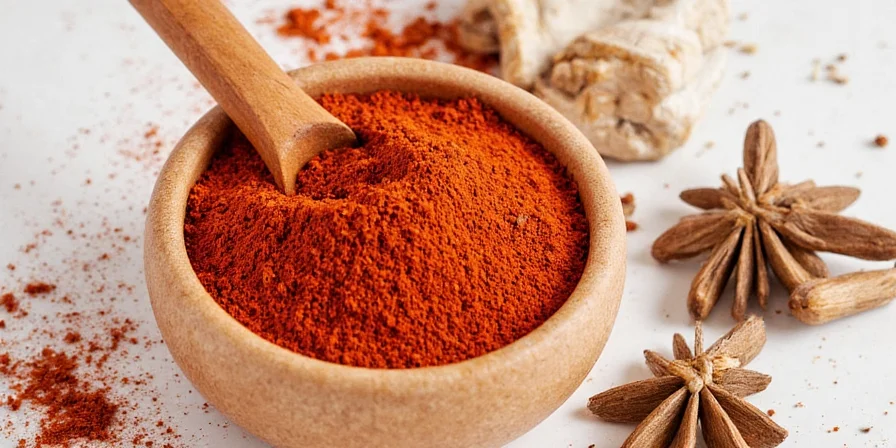

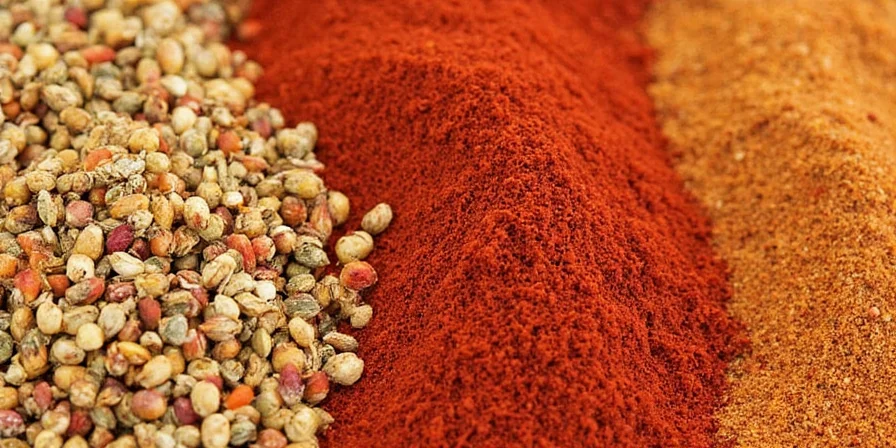









 浙公网安备
33010002000092号
浙公网安备
33010002000092号 浙B2-20120091-4
浙B2-20120091-4